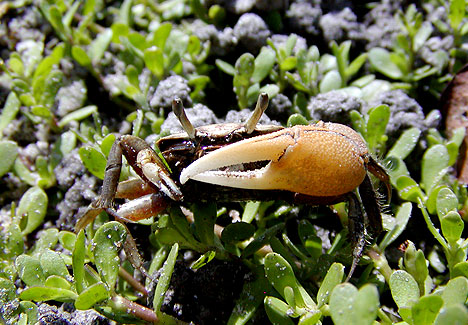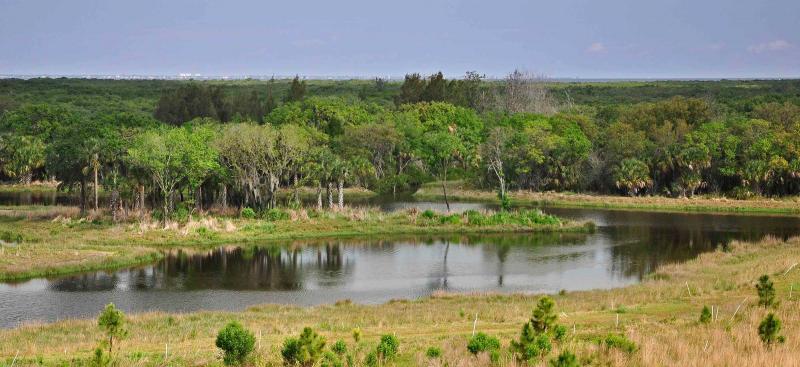
Highlights
- Charlotte Harbor is Florida's second largest open water estuary at 270 square miles
- Generally considered one of the most productive estuarine ecosystems in southwest Florida
- Designated an "Estuary of National Significance" in 1995
- Includes Charlotte, Lee, and a portion of Sarasota County
- 4,400-square-mile watershed
Challenges
Three main challenges exist in the Charlotte Harbor watershed:
- Alteration and loss of coastal uplands and wetlands due to development
- Spread of non-native animal and plant species
- Degraded water quality from point and non-point source pollutant and nutrient loading

Strategies
Through cooperation with other government agencies, these challenges are met by:
- Developing a comprehensive conservation and management plan
- Restoring the balance between coastal upland, wetland, and intertidal habitats
- Implementing water quality improvement projects
Success Indicators
Successful project implementation is indicated by:
- Improved water quality
- Increased hydroperiods within wetlands
- Increased coverage of seagrasses within the Harbor
- Reduction/removal of non-native terrestrial and wetland species
- Increased wildlife use
Future goals are then developed through an adaptive management process, always striving to help restore Florida’s natural ecosystems.

